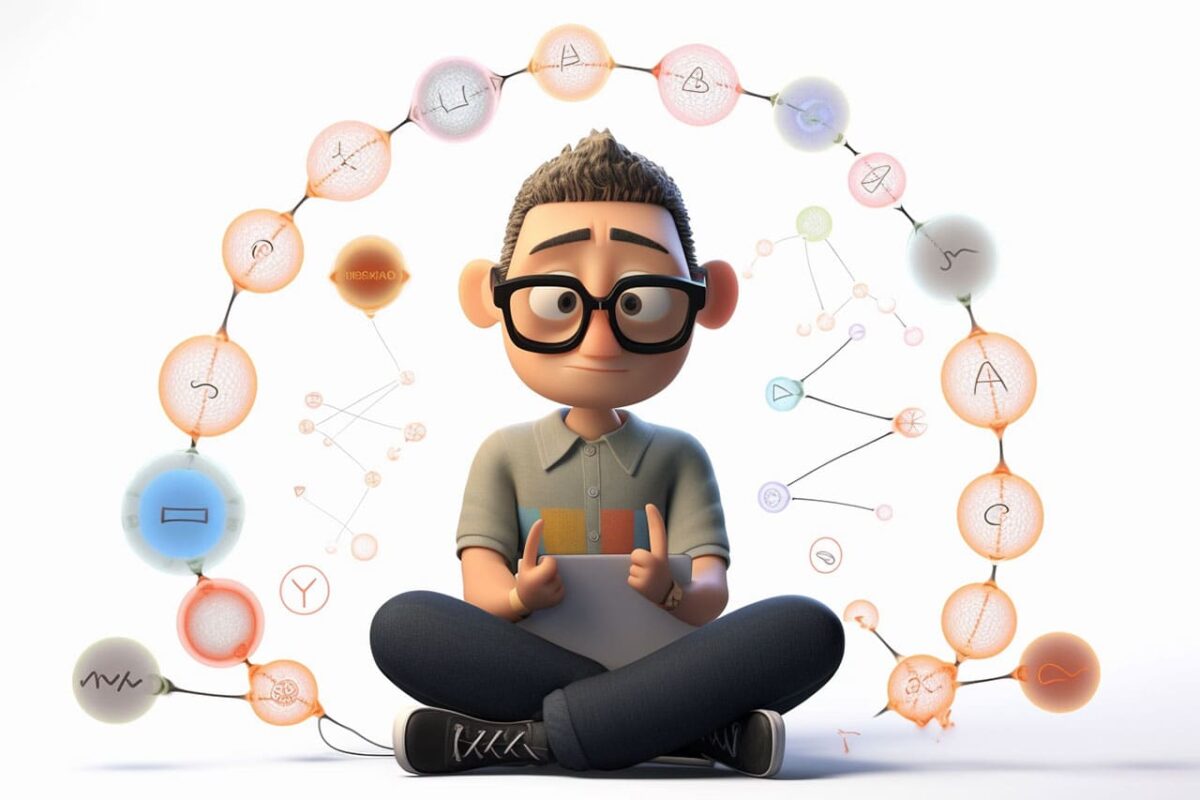Mind mapping is a powerful tool that can be used for more than just organizing ideas. It can also be a powerful tool for mindfulness, relaxation, and focus. By using mind mapping techniques, you can create a visual representation of your thoughts and emotions, which can help you become more self-aware and centered. In this article, we’ll explore how to use mind mapping for mindfulness and relaxation.
Understanding Mind Mapping for Mindfulness
Mind mapping involves creating a visual representation of your thoughts, ideas, and emotions. This can be a powerful tool for mindfulness, as it can help you become more self-aware and focused. By using mind mapping techniques, you can identify your thoughts and emotions, and create a visual representation of them. This can help you become more centered and focused, and reduce stress and anxiety.
How to Use Mind Mapping for Mindfulness
Here are some tips for using mind mapping for mindfulness:
Choose a focus
Choose a focus for your mind map, such as a specific thought or emotion that you want to explore. This could be something that’s been on your mind lately, or a feeling that you’re struggling with.
Identify related thoughts and emotions
Identify related thoughts and emotions that are connected to your focus. Write them down as branches on your mind map, using keywords or short phrases to describe each one.
Use images and symbols
Use images and symbols to represent your thoughts and emotions, and make them more memorable. This can help you recall your thoughts and emotions more easily, and make connections between different branches.
Use color coding
Use color coding to group related thoughts and emotions, and make it easier to navigate your mind map. For example, you could use one color for negative emotions, another color for positive emotions, and another color for neutral thoughts.
Review and revise
Review and revise your mind map regularly to ensure that you’re on track and making progress towards your mindfulness goals. Add new thoughts or emotions as they arise, and revise your mind map as needed to reflect changes in your thinking or understanding.
Benefits of Mind Mapping for Mindfulness
Here are some of the benefits of using mind mapping for mindfulness:
Increased self-awareness
By creating a visual representation of your thoughts and emotions, you can become more self-aware and centered. This can help you identify patterns and triggers, and develop strategies for managing stress and anxiety.
Enhanced relaxation
Mind mapping can be a relaxing and meditative process, helping you reduce stress and anxiety. By focusing on your thoughts and emotions, you can create a sense of calm and tranquility.
Improved focus
By using mind mapping techniques, you can improve your focus and concentration. This can help you become more productive and efficient in your daily life.
Mind Mapping Tools for Mindfulness
There are several mind mapping tools available that can help you create effective mind maps for mindfulness. Here are some of the most popular ones:
MindMeister
MindMeister is a cloud-based mind mapping tool that allows you to create and collaborate on mind maps with others in real-time. It offers a variety of features, including templates, themes, and integration with other tools such as Google Drive and Dropbox.
XMind
XMind is a desktop-based mind mapping tool that offers a range of features, including templates, themes, and integration with other tools such as Evernote and Microsoft Office. It also allows you to export your mind maps in various formats, such as PDF, Word, and PowerPoint.
Coggle
Coggle is a web-based mind mapping tool that offers a simple and intuitive interface. It allows you to create and collaborate on mind maps with others in real-time, and offers a range of features such as templates, themes,
and integration with other tools such as Google Drive and Dropbox.
SimpleMind
SimpleMind is a mobile and desktop-based mind mapping tool that offers a variety of features, including templates, themes, and integration with other tools such as Google Drive and Dropbox. It also allows you to export your mind maps in various formats, such as PDF, Word, and PowerPoint.
Tips for Using Mind Mapping for Mindfulness
Here are some additional tips for using mind mapping for mindfulness:
Use music or meditation sounds
Listen to calming music or meditation sounds while creating your mind map. This can help you relax and become more centered.
Use guided meditation
Use guided meditation techniques while creating your mind map. This can help you focus and become more mindful of your thoughts and emotions.
Create a mindfulness routine
Create a mindfulness routine that includes mind mapping as a regular practice. This can help you develop a habit of mindfulness and reap the benefits of this powerful tool.
Conclusion
Mind mapping is a powerful tool that can be used for more than just organizing ideas. By using mind mapping techniques for mindfulness, you can become more self-aware, centered, and relaxed. Remember to choose a focus, identify related thoughts and emotions, use images and symbols, use color coding, and review and revise your mind map regularly. With these tips and techniques, you can use mind mapping to enhance your mindfulness practice and achieve greater relaxation and focus in your daily life.
